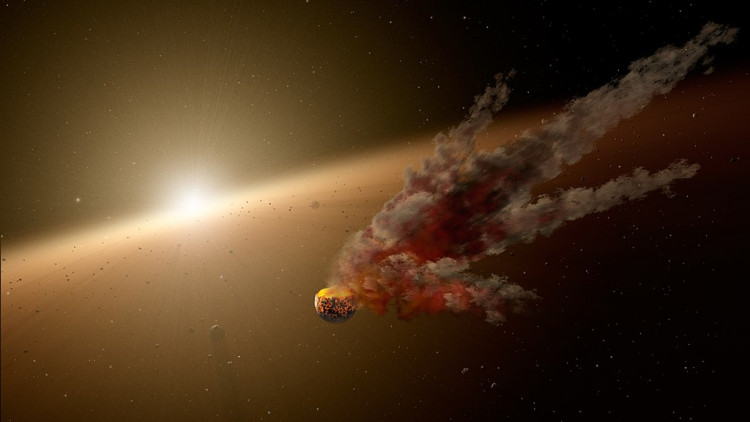According to NASA's Center for Near Earth Object Studies (CNEOS), an asteroid four times the size of the Empire State Building will pass close to Earth on May 27.
The asteroid, known as 7335 (1989 JA), will fly by our planet by around 2.5 million miles (4 million kilometers) - roughly 10 times the normal distance between Earth and the Moon.
According to NASA, 1989 JA is the largest asteroid that will make a near encounter with Earth this year. Scientists estimate that the asteroid is flying at around 47,200 mph (76,000 km/h), or 20 times the speed of a bullet.
Because of the asteroid's massive size (1.1 miles or 1.8 kilometers in diameter) and close proximity to Earth, NASA has categorized it as "potentially hazardous" meaning it might cause massive harm to our planet if its orbit changes and it collides with it.
The rock won't make another near flyby until June 23, 2055, when it will pass considerably closer to Earth than this one, passing within 70 times the distance between Earth and the Moon.
This asteroid is one of over 29,000 near-Earth objects (NEOs) tracked by NASA each year. According to NASA, a NEO is any celestial object that travels within 30 million miles (48 million kilometers) of Earth's orbit.
The majority of Near-Earth asteroids are thought to be main-belt asteroids that were thrown out of the belt by collisions with other asteroids and/or Jupiter's gravitational pull. Some NEAs may be the remains of dead comets. Gravitational interactions with the Sun or terrestrial planets, as well as collisions with other bodies, are predicted to alter the orbits of Near-Earth asteroids.
The majority of these objects are extremely small; 1989 JA is larger than 99% of the NEOs tracked by NASA, according to the agency.
7335 (1989 JA) belongs to the Apollo-class of asteroids, which are asteroids that orbit the sun while periodically crossing Earth's orbit. There are over 15,000 such asteroids known to astronomers.
NASA keeps a careful eye on NEOs like this one and just launched a mission to see if potentially dangerous asteroids could be diverted from colliding with Earth in the future.
NASA launched the Double Asteroid Redirection Test (DART) mission in November 2021, which will smash head-on with the 525-foot-wide (160-meter) Dimorphos asteroid in autumn 2022. The collision will not destroy the asteroid, but it may alter its orbital course significantly.




